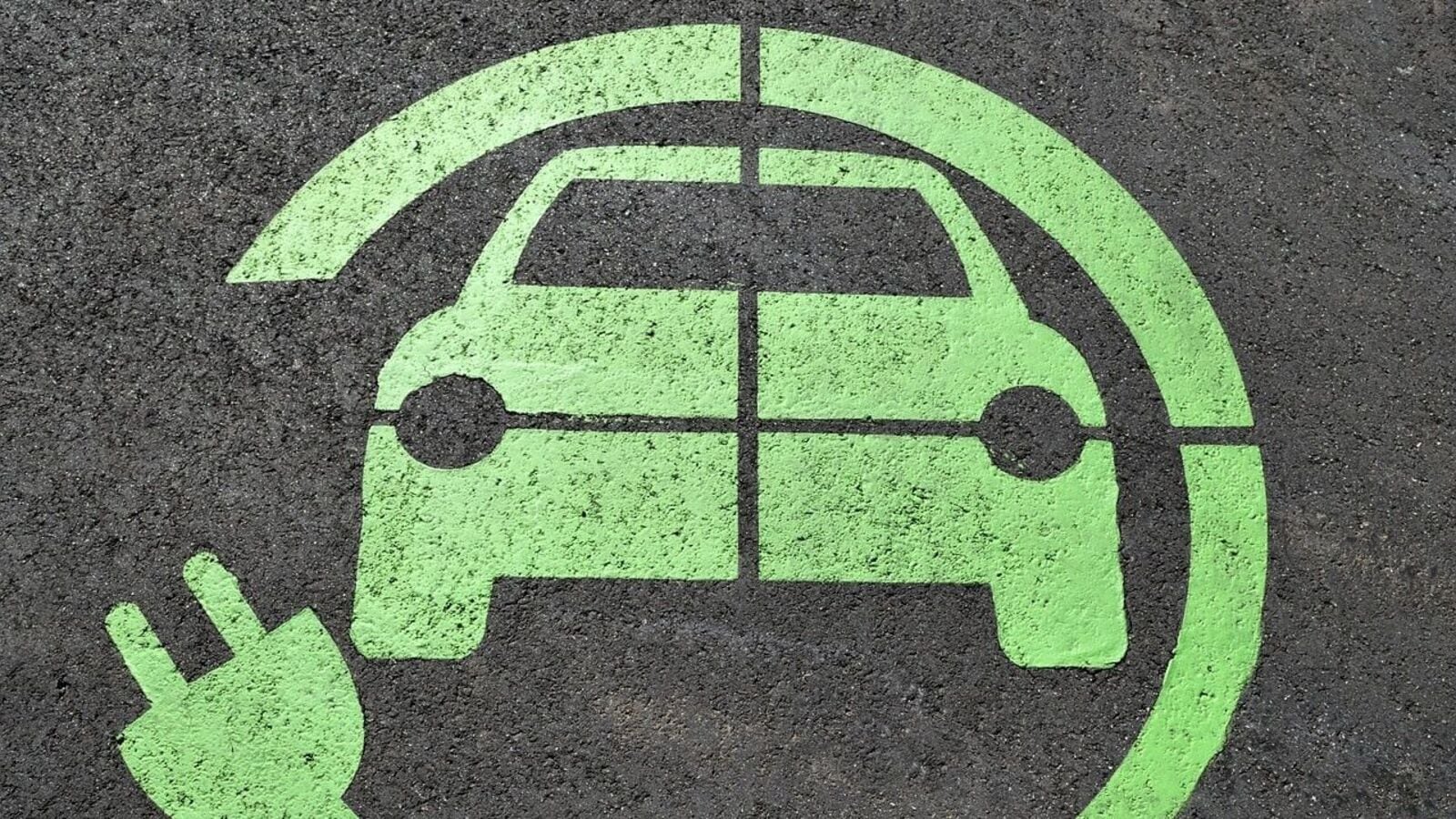
Ambitions and Reality in Indian Diplomacy
This editorial is based on “India’s foreign policy dilemma: Balancing global ambitions & domestic needs” which was published in Business Standard on 17/09/2024. The article highlights that India, classified as a developing nation, faces stark income inequalities despite being a $3.5 trillion economy ranked fifth globally. While it holds significant potential as the fastest-growing major economy and the world’s largest population, India must navigate the challenges of improving domestic welfare while enhancing its role in global governance.
For Prelims: UN Security Council (UNSC), World Bank, International Monetary Fund (IMF), Human Development Index, BRICS , 2+2 Ministerial Dialogue, Make in India, Digital India, Quad, I2U2, The Indo-Pacific Economic Framework (IPEF), The India-Middle East-Europe Economic Corridor (IMEC), 3rd Voice of Global South Summit, COP28, Green Credit Initiative, Special Drawing Rights, Agni-4, Chandrayaan-3 mission, SAARC
For Mains: Significance of Indian Foreign Policy in Securing its National Interests.
India, the world’s largest democracy and fifth-largest economy, stands at a crucial juncture in its quest for global prominence. As it navigates the complexities of international relations, India faces the challenge of balancing ambitious global aspirations with pressing domestic needs, a dilemma central to its foreign policy strategy.
India seeks to assert itself as a major global player, aspiring for a permanent seat on the UN Security Council (UNSC) and aiming to expand its influence, particularly in the Indo-Pacific region. It aims to be a voice for the Global South, tackling transnational issues like climate change and public health crises. However, India also confronts significant domestic hurdles, including low per capita income and pressing development priorities that require substantial resources.
What Are India’s Global Ambitions?
- Permanent Membership in the UN Security Council: India seeks to secure a permanent seat at the UN Security Council to exert greater influence over global security matters and address international crises.
- Economic and Strategic Influence in the Indo-Pacific: India is focusing on expanding its economic and strategic footprint, particularly in the Indo-Pacific region, to counterbalance China’s growing dominance.
- Leadership Among Developing Economies: Establishing itself as a leader among developing and emerging economies is a priority, positioning India as a voice for the Global South in international forums.
- Addressing Transnational Challenges: India aims to play a proactive role in tackling global challenges such as climate change, public health crises, and food security, contributing to collective global efforts.
- Representation in International Financial Institutions: India advocates for greater representation and decision-making power in institutions like the World Bank and the International Monetary Fund (IMF) to reflect the interests of emerging economies.
- Military and Technological Advancements: Developing military capabilities and technological prowess is crucial for India, especially to position itself as a counterweight to China in Asia.
- Enhancing Soft Power: India seeks to strengthen its cultural diplomacy and leverage its democratic credentials, promoting its rich cultural heritage to gain global influence.
What are the Challenges to India’s Global Ambitions?
- Economic Constraints:
- With a per capita income of USD 2,500, India contends with significant income disparities that obscure the realities of widespread poverty and inequality.
- India’s contribution to global GDP stands at only 3.6%, which is less in comparison to the U.S. (26.3%), EU (17.3%), and China (16.9%), limiting its influence on the world stage.
- Moreover, China’s heavy investment in India’s neighboring countries, significantly impacting India’s regional relations. As these nations deepen ties with China through infrastructure and economic partnerships, India’s traditional influence is challenged.
- It ranks 134th out of 193 countries on the Human Development Index, reflecting low human development levels.
- Domestic Development Priorities:
- India must address pressing issues like poverty alleviation, job creation, and the improvement of social indicators, which require substantial resources and focus.
- There is a need to balance resources between domestic priorities and international commitments, complicating foreign policy implementation.
- Limited Global Economic Influence:
- Despite its status as the fifth-largest economy, India’s relative economic weight remains modest, resulting in challenges when it comes to influencing global economic rules and institutions.
- Regional Security Concerns:
- Ongoing tensions with Pakistan and unresolved border disputes with China continue to divert attention and resources from global engagement.
- Instability in neighboring countries like Bangladesh and Myanmar exacerbates security challenges that India must navigate.
- For instance, recent regime change in Bangladesh has far reaching consequences related to security.
- Competition with China:
- China’s vastly larger economic and military capabilities pose a significant challenge, as does China’s growing influence in South Asia and the Indian Ocean region.
- India must balance cooperation and competition with China across various international forums.
- Limited Hard Power Projection Capabilities:
- While India has undertaken military modernization efforts, it still lags behind other major powers in advanced military technology and force projection capabilities.
- Balancing Multiple Strategic Partnerships:
- India must effectively manage relationships with diverse partners, including the U.S., Russia, Japan, and European nations, while navigating geopolitical tensions without compromising its strategic autonomy.
- For instance, western countries have been pressuring India to vote on a UN General Assembly resolution condemning Russia’s invasion of Ukraine, however, India has obtained from voting.
What Steps have been Taken to Achieve India’s Global Ambitions?
- Permanent Membership in the UN Security Council:
- India has been leveraging its G20 presidency and engagement in forums like BRICS to build consensus for UNSC reforms.
- During the 2+2 Ministerial Dialogue in November 2023, the US reaffirmed its support for India’s permanent membership which was recently reiterated as its “longstanding support” for India, Japan, and Germany to attain permanent membership in the UNSC.
- Economic Reforms and Initiatives:
- India has implemented economic liberalization policies to attract foreign investment and stimulate growth.
- Programs like “Make in India” aim to boost domestic manufacturing and exports.
- Initiatives such as Digital India promote digital transformation and infrastructure development.
- For example, countries like Bhutan, France, Mauritius, Nepal, Singapore, Sri Lanka, and UAE accept UPI payment.
- Diplomatic Outreach:
- India pursues a policy of “multi-alignment,” engaging with a range of global powers to strengthen its international position.
- For example, India has helped countries through vaccine diplomacy(Vaccine Maitrai) during COVID-19 and has also provided humanitarian assitance through operations like Operation Sadbhav- to provide aid to cyclone hit Vietnam, Laos, and Myanmar and Operation Dost -for Turkey and Syria earthquake relief.
- Active participation in “mini-lateral” forums like the Quad (with the U.S., Japan, and Australia) and I2U2 (with the U.S., UAE, and Israel) demonstrates its commitment to strategic collaboration.
- Strengthening ties with Indian diaspora communities worldwide enhances India’s global presence.
- India pursues a policy of “multi-alignment,” engaging with a range of global powers to strengthen its international position.
- Enhancing Regional Influence:
- Leadership Among Developing Economies:
- India hosted the 3rd Voice of Global South Summit in August 2024 emphasizing various developmental priorities, including climate change, health, and education, while reaffirming India’s commitment to enhancing cooperation and addressing shared challenges among developing nations.
- During its G20 presidency, India successfully pushed for the African Union’s inclusion as a permanent G20 member.
- Addressing Transnational Challenges:
- At COP28 in December 2023, India announced ambitious targets for renewable energy and launched the Green Credit Initiative.
- The launch of the International Solar Alliance promotes solar energy adoption globally.
- India launched the “Vaccine Maitri” initiative to supply “Made-in-India” COVID-19 vaccines to over 150 countries worldwide.
- Also India played a key role in the G20 declaration on food security and sustainable agriculture in September 2023.
- Representation in International Financial Institutions:
- India has been advocating for reforms in the World Bank and IMF, pushing for increased voting rights for emerging economies.
- India’s growing economic weight has led to an increase in its IMF Special Drawing Rights quota to 2.75% (from 2.44%), making it the 8th largest quota holding country.
- Military and Technological Advancements:
- Recently, India conducted successful tests of Agni-4 intercontinental-range ballistic missile further enhancing its strategic deterrence capabilities.
- According to the latest data from the Ministry of Defence, India’s defence exports in 2023-2024 reached a record Rs 21,083 crore, reflecting a 32.5% increase from the previous fiscal year.
- India’s space agency ISRO successfully landed the Chandrayaan-3 mission on the Moon’s south pole in August 2023, demonstrating advanced space capabilities.
- Promoting India as a hub for IT services and emerging technologies like Artificial Intelligence (AI) bolsters its global competitiveness.
- India’s digital public infrastructure, particularly UPI, has gained international recognition, with several countries exploring its adoption.
- Enhancing Soft Power:
- International Yoga Day has evolved into a platform for global diplomacy and cooperation, allowing India to showcase and promote its rich cultural heritage to the world.
- The country’s film industry continues to gain global prominence, with Indian cinema celebrated at major international film festivals.
What Should be the Way Forward?
- Strengthening Domestic Foundations:
- Prioritize policies that boost GDP growth while addressing income disparities. This includes investing in education, healthcare, and infrastructure to enhance human development.
- Focus on generating employment opportunities, particularly for youth, through skill development programs and support for small and medium enterprises (SMEs).
- Strategic Autonomy with Flexible Partnerships:
- Maintain strategic autonomy while deepening partnerships with like-minded countries, ensuring that India’s interests are safeguarded.
- Continue diplomatic efforts to build a coalition of support for India’s permanent membership in the UN Security Council, utilizing G20 and BRICS platforms to amplify its case.
- Leverage India’s unique position to bridge divides between developed and developing nations, promoting inclusive dialogue.
- Enhance Diplomatic Capacity:
- Expand and professionalize the diplomatic corps to better address global challenges and opportunities.
- Encourage academic exchanges and international collaborations to enhance India’s intellectual engagement.
- Economic and Strategic Initiatives:
- Expand trade and security partnerships in the Indo-Pacific, enhancing participation in regional frameworks like the IPEF to counter China’s influence.
- Increase funding for R&D in emerging technologies, such as AI and renewable energy, to bolster India’s competitiveness and leadership in the global tech landscape.
- For instance,recently India signed a semiconductor ecosystem partnership with Singapore.
- Promoting Soft Power and Cultural Diplomacy:
- Amplify cultural diplomacy through initiatives like International Yoga Day and sister city initiative; and global showcases of Indian art and cinema, fostering goodwill and recognition.
- Leverage the Indian diaspora to enhance soft power and serve as cultural ambassadors, strengthening ties with host countries.
- Addressing Global Challenges:
- Enhance commitments to sustainable development and climate action, positioning India as a global leader in environmental initiatives, such as renewable energy adoption and climate resilience. Also, India has been proactive in addressing the issue of terrorism.
- Build on initiatives like Vaccine Maitri to strengthen global health partnerships and enhance India’s role in international public health governance.
- Strengthening Regional Relations:
- Continuously refine the Neighborhood First policy to foster stability and cooperation through development aid and collaborative projects.
- Revitalize regional forums like SAARC and explore new mechanisms for South Asian cooperation to enhance connectivity and trade linkages.
- Advance relationships with West Asian countries by enhancing trade, security, and cultural exchanges to build a comprehensive regional strategy.
- Reforming International Institutions:
- Persist in advocating for reforms in international financial institutions to ensure greater representation for emerging economies, reflecting India’s growing economic weight.
Conclusion
India’s quest to become a global power is fraught with challenges and opportunities, balancing domestic development with international aspirations. While its growing economic strength and demographic advantages position it well globally, persistent issues like poverty and inequality demand attention.
The balancing act is complicated by regional security concerns, competition with China, and the need to manage diverse strategic partnerships without compromising autonomy. As India pursues economic reforms, diplomatic outreach, and military modernization, it must ensure that its global ambitions do not overshadow critical domestic issues.
As India navigates complex regional dynamics, it must enhance diplomatic efforts and engage diverse stakeholders. Hosting major summits like the G20 and SCO provides a platform to assert its influence while addressing regional instability. By leveraging its market potential and innovation, India can strengthen its global role and ensure domestic stability, ultimately shaping the future international order.
|
Drishti Mains Question
Assess the challenges India faces in balancing its global ambitions with domestic developmental priorities.
|
UPSC Civil Services Examination, Previous Year Question (PYQ)
Prelims:
Consider the following statements: (2016)
1. The International Solar Alliance was launched at the United Nations Climate Change Conference in 2015.
2. The Alliance includes all the member countries of the United Nations.
Which of the statements given above is/are correct?
(a) 1 only
(b) 2 only
(c) Both 1 and 2
(d) Neither 1 nor 2
Ans: (a)
Mains:
Q. Discuss the impediments India is facing in its pursuit of a permanent seat in UN
Security Council.(2015)


